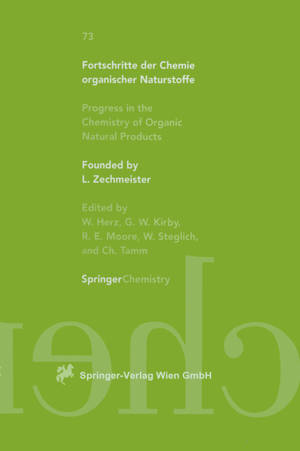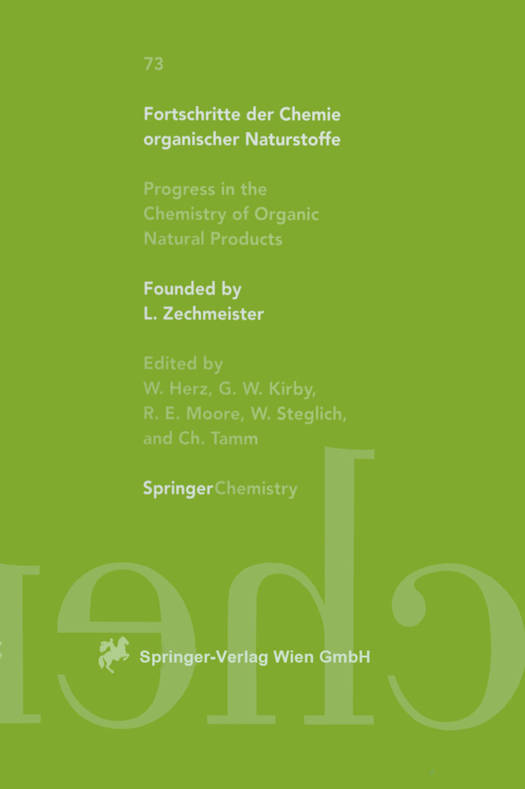
- Afhalen na 1 uur in een winkel met voorraad
- Gratis thuislevering in België vanaf € 30
- Ruim aanbod met 7 miljoen producten
- Afhalen na 1 uur in een winkel met voorraad
- Gratis thuislevering in België vanaf € 30
- Ruim aanbod met 7 miljoen producten
Zoeken
Fortschritte Der Chemie Organischer Naturstoffe / Progress in the Chemistry of Organic Natural Products
€ 153,95
+ 307 punten
Omschrijving
The Leguminosae is an economically important family in the Dicotyledonae with many cultivated species, e. g., beans and peas. The family also contains many well-known medicinal plants. It is composed of 17,000 or more species that constitute nearly one twelfth of the world's flowering plants (1). Traditionally the family has been divided into three subfamilies, Caesalpinioideae, Mimosoideae and Papilionoi- deae, which are sometimes recognized as separate families Caesalpinia- ceae, Mimosaceae and Papilionaceae. The International Code of Botanical Nomenclature permits alternative nomenclatures, the family names being replaced by Fabaceae, Fabales and Faboideae, and this usage will be common (2). Licorice (liquorice, kanzoh in Japanese, gancao in Chinese) is the name applied to the roots and stolons of some Glycyrrhiza species (Fabaceae) and has been used by human beings for at least 4000 years. The earliest written reference to the use of licorice is contained in the Codex Hammurabi dating from 2100 B. C., and the subsequent history in the West has been described in the earlier reviews (3-6). In the Far East, references to the effectiveness of licorice are contained in the "Shen Nong Ben Cao Jing", the first Chinese dispensatory whose original anonymous volumes probably appeared by the end of the third century (7, 8).
Specificaties
Betrokkenen
- Uitgeverij:
Inhoud
- Aantal bladzijden:
- 162
- Taal:
- Engels
- Reeks:
- Reeksnummer:
- nr. 73
Eigenschappen
- Productcode (EAN):
- 9783709173336
- Verschijningsdatum:
- 14/10/2012
- Uitvoering:
- Paperback
- Formaat:
- Trade paperback (VS)
- Afmetingen:
- 152 mm x 229 mm
- Gewicht:
- 235 g

Alleen bij Standaard Boekhandel
+ 307 punten op je klantenkaart van Standaard Boekhandel
Beoordelingen
We publiceren alleen reviews die voldoen aan de voorwaarden voor reviews. Bekijk onze voorwaarden voor reviews.







